Dealing with a faulty sump pump can be one of homeowners’ most frustrating and stressful situations. The constant fear of water damage, especially during heavy rain or flooding, can keep you up at night. To make matters worse, it can be challenging to determine if your sump pump is working correctly until it’s too late. However, telltale signs can indicate if your sump pump may be clogged and in need of maintenance or replacement.
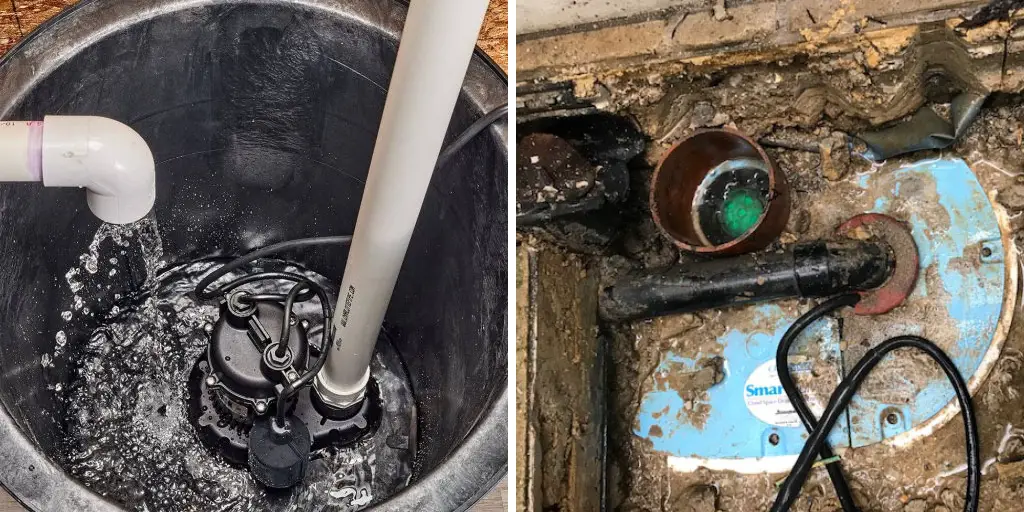
If you’re feeling overwhelmed or confused about how to tell if sump pump is clogged, don’t worry – we’ve got you covered! In this blog post, we will discuss everything you need to know about identifying a clogged sump pump and what steps you should take to address the issue. So sit back, grab a cup of coffee (or tea), and let’s dive into the world of sump pumps together!
Necessary Items
Before we begin, let’s ensure you have all the necessary items to properly assess and clean your sump pump. You will need:
- A flashlight
- Screwdriver
- Garden hose
- Rags or towels
- Bucket or large container (to collect water)
10 Steps on How to Tell if Sump Pump is Clogged
Step 1: Signs of a Clogged Sump Pump
First, you must be aware of the common signs that your sump pump may be clogged. These include:
Water is not being pumped out of the pit during heavy rain or flooding. Or, if water is being pumped out, it may be at a slower rate than usual. Strange noises come from the sump pump when it’s running (i.e., grinding or rattling sounds). Foul odors coming from the sump pump or drain. Puddles of water around the sump pump or in the basement.
Step 2: Safety First!
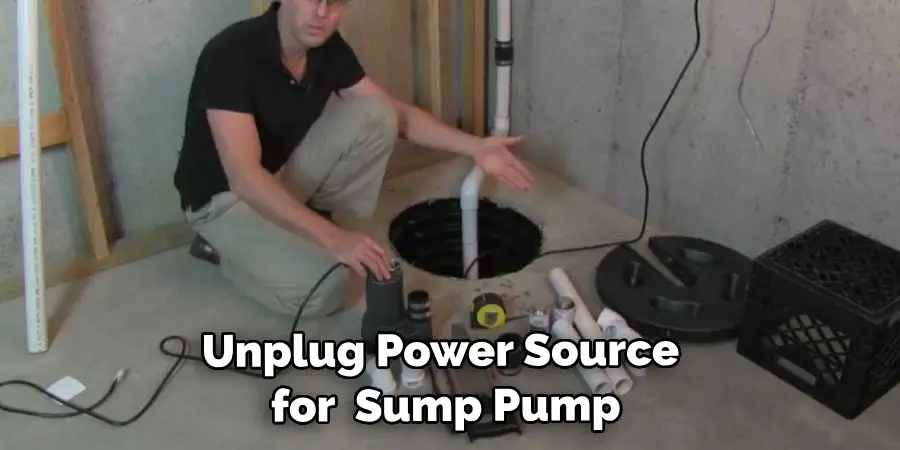
Before you begin any maintenance on your sump pump, it’s essential to ensure your safety. Unplug the power source for your sump pump before attempting any inspection or cleaning. This will protect you from any potential electrical hazards.
Step 3: Check the Discharge Pipe
The discharge pipe is responsible for carrying water away from your home. Checking this pipe for clogs or obstructions is essential, as it can cause performance issues with your sump pump. You can use a garden hose to remove debris from the line.
Step 4: Remove the Lid
Remove the lid to your sump pump pit with the power source unplugged. This will give you a better view of the pump and its components. Be careful when removing the lid, as accumulated water or debris may spill out.
Step 5: Check the Intake Screen
The intake screen is located at the bottom of your sump pump and filters out any large debris from entering the pump. It’s important to check this screen for any buildup or obstructions causing the clog.
Step 6: Inspect the Impeller
The impeller is the rotating part of the sump pump that moves water through the discharge pipe. It’s important to check this component for any obstructions or damage that could be causing issues with your sump pump’s performance.
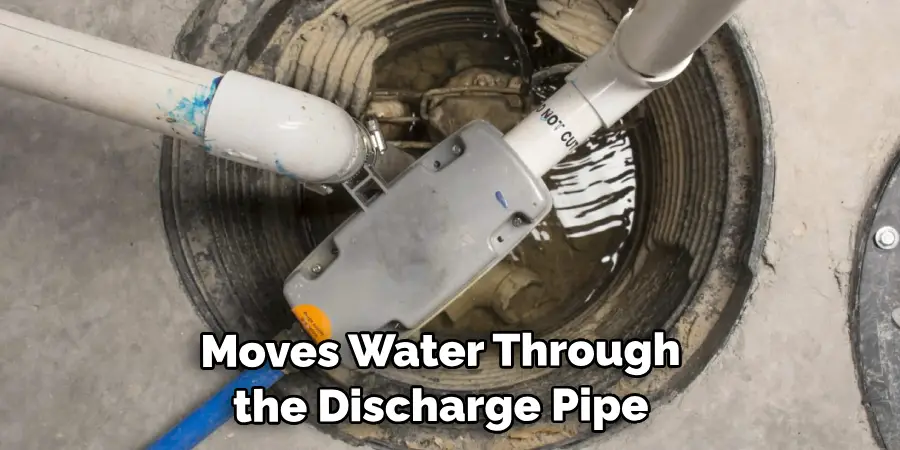
Step 7: Clear Out Debris
Using a screwdriver, gently remove any debris or buildup from the intake screen and impeller. Be careful not to damage these components while cleaning.
Step 8: Test the Float Switch
The float switch turns your sump pump on and off as needed. Make sure it’s functioning correctly by manually lifting it up and down to see if the pump starts and stops accordingly. If it doesn’t, the switch may need to be replaced.
Step 9: Clean the Pit
Clean out any accumulated debris from the sump pump pit using a rag or towel. This will help prevent future clogs and maintain the proper functioning of your sump pump. You can also pour a bucket of water into the pit to test if the pump works properly.
Step 10: Regular Maintenance
To prevent future clogs and ensure your sump pump is working at its best, it’s essential to perform regular maintenance. This includes cleaning the sump pump pit and checking for potential issues every few months, especially before heavy rain or flood seasons.
Pay attention to the signs and signals your sump pump may be giving you is always essential. Don’t ignore unusual noises, smells, or performance issues – they could indicate a clogged sump pump.
By following these steps and performing regular maintenance, you can rest assured that your sump pump is functioning correctly and protecting your home from potential water damage. If you’re still experiencing issues with your sump pump, it may be time to call a professional for further assistance. Remember, prevention is critical when it comes to keeping your sump pump running smoothly!
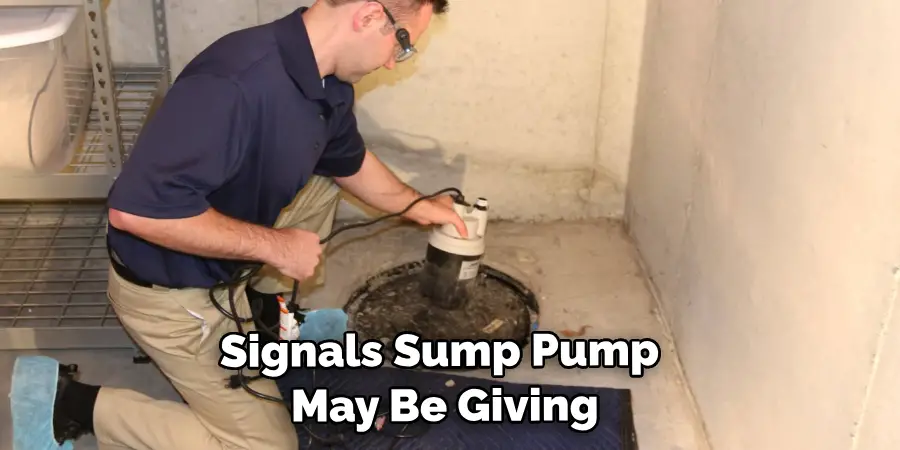
8 Things to Avoid to Prevent a Clogged Sump Pump
Now that you know how to tell if your sump pump is clogged and how to address the issue, let’s discuss some preventative measures you can take to avoid a clogged sump pump in the first place. Here are eight things you should avoid doing to prevent your sump pump from getting clogged:
1. Pouring Grease or Oil Down Your Drains
Grease and oil can quickly build up in your pipes and cause clogs, leading to issues with your sump pump. Instead, dispose of grease and oil properly by pouring it into a container and throwing it away in the trash.
2. Flushing Non-Biodegradable Items Down Your Toilet
Items like paper towels, feminine hygiene products, and baby wipes may seem harmless, but they can quickly accumulate in your pipes and cause clogs. Be sure to dispose of these items correctly in the trash.
3. Neglecting Regular Maintenance
As mentioned before, regular maintenance is critical to preventing a clogged sump pump. Don’t wait until there’s an issue – make it a routine to clean out your sump pump pit and check for any potential problems at least every few months.
4. Allowing Trees and Plants to Grow Near Your Discharge Pipe
The roots of trees and plants can grow into your discharge pipe and cause clogs or even damage the line itself. Be sure to trim any vegetation near the line regularly to prevent this from happening.
5. Using Harsh Chemicals to Clean Your Drains
Harsh chemicals can not only damage your pipes, but they can also kill the good bacteria that help break down waste in your septic system. Instead, use natural cleaning solutions or a drain snake to remove clogs.
6. Neglecting Your Gutters and Downspouts
Clogged gutters and downspouts can lead to excess water pooling around your home’s foundation, seeping into your sump pump pit, and potentially causing clogs. Make sure to clean out your gutters regularly to prevent this from happening.
7. Ignoring Any Signs of Issues with Your Sump Pump
As mentioned, don’t ignore any signs of unusual noises, smells, or performance issues with your sump pump. These could be indications of a clogged pump and should be addressed immediately.
8. Not Checking Your Sump Pump Before Heavy Rain or Flood Seasons
It’s essential to check your sump pump before heavy rain or flood seasons, as these can put more strain on your pump and increase the likelihood of a clog. By staying proactive and performing regular checks, you can prevent potential issues before they become significant problems.
Remember, taking preventative measures is critical to avoiding a clogged sump pump. By following these tips and being mindful of what goes down your drains, you can ensure that your sump pump remains unclogged and ready to protect your home. So, follow these steps and watch your sump pump for a clean and functioning system!
Frequently Asked Questions About Clogged Sump Pumps
Here are some frequently asked questions about clogged sump pumps and their prevention:
How Often Should I Check My Sump Pump for Potential Issues?
It’s recommended to check your sump pump every few months, especially before heavy rain or flood seasons. However, if you notice any unusual noises or smells coming from your sump pump, it’s essential to address the issue immediately.
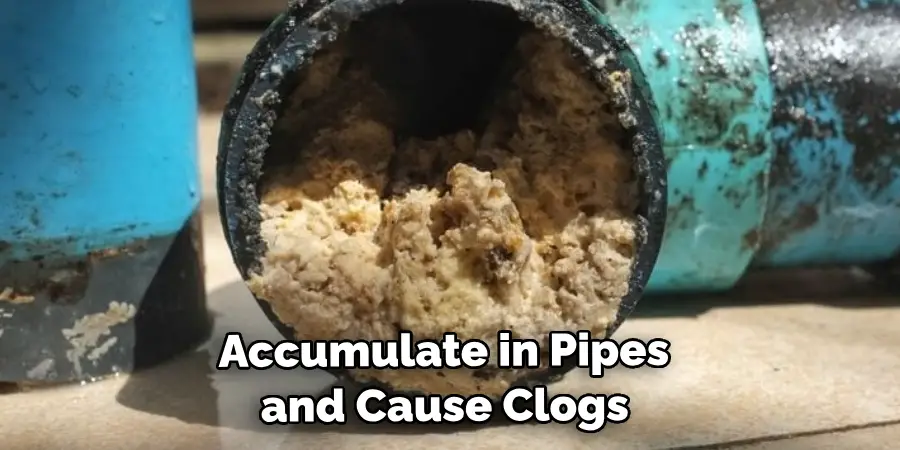
Can I Use Chemical Drain Cleaners to Clear a Clogged Sump Pump?
No, using harsh chemical drain cleaners on your sump pump is not recommended, as they can damage the pipes and kill beneficial bacteria. Instead, try using a drain snake or natural cleaning solutions.
What Should I Do if My Sump Pump is Constantly Getting Clogged?
It may indicate a more significant issue if you’re experiencing repeated clogs with your sump pump. In this case, calling a professional for further assistance and potential repairs is best.
Why Is It Important to Clean the Sump Pump Pit?
Cleaning the sump pump pit is essential to prevent clogs and ensure the proper functioning of your sump pump. Debris, dirt, and sediment can accumulate in the hole and potentially cause clogs or damage to the pump.
Are There Any DIY Methods for Preventing a Clogged Sump Pump?
Yes, you can try some DIY methods to prevent a clogged sump pump, such as installing a mesh screen over the sump pump pit or using enzymatic cleaners to break down waste in your septic system. However, regular maintenance and being mindful of what goes down your drains are still the best ways to prevent clogs.
Conclusion
In conclusion, ensuring that your sump pump functions appropriately is essential for a dry and secure basement. By following the tips on how to tell if sump pump is clogged outlined in this blog post, you can quickly identify and address any clogs that may be affecting your sump pump.
Regularly check for debris, maintain the proper water level, and consider investing in a backup system for added protection. Take action before disaster strikes – staying proactive with your sump pump maintenance can save you time, money, and headaches in the long run.

